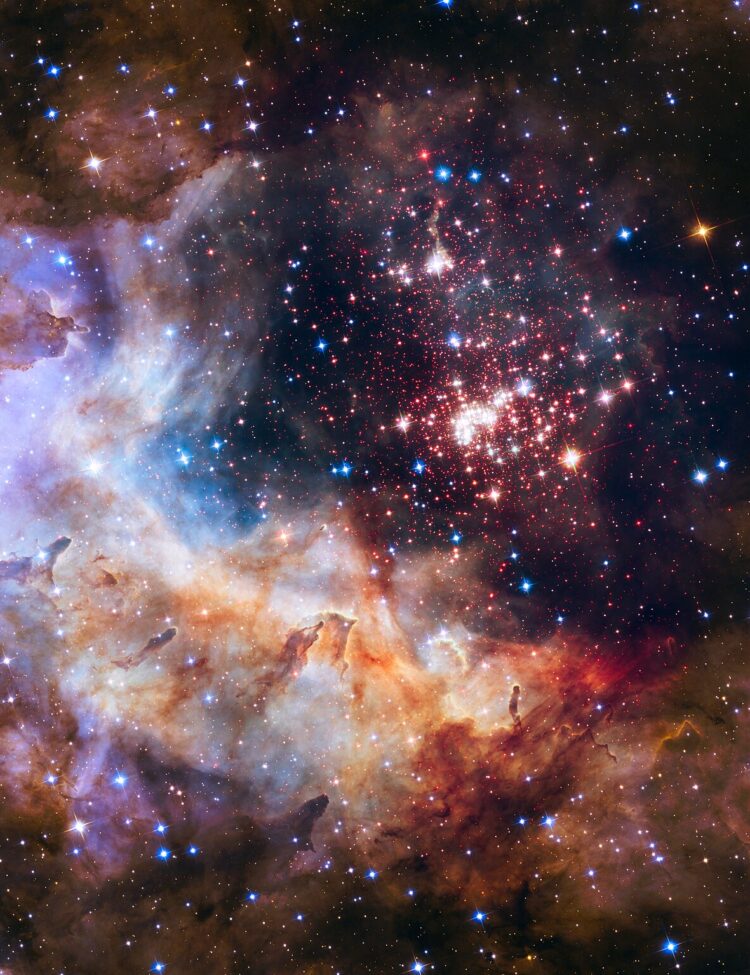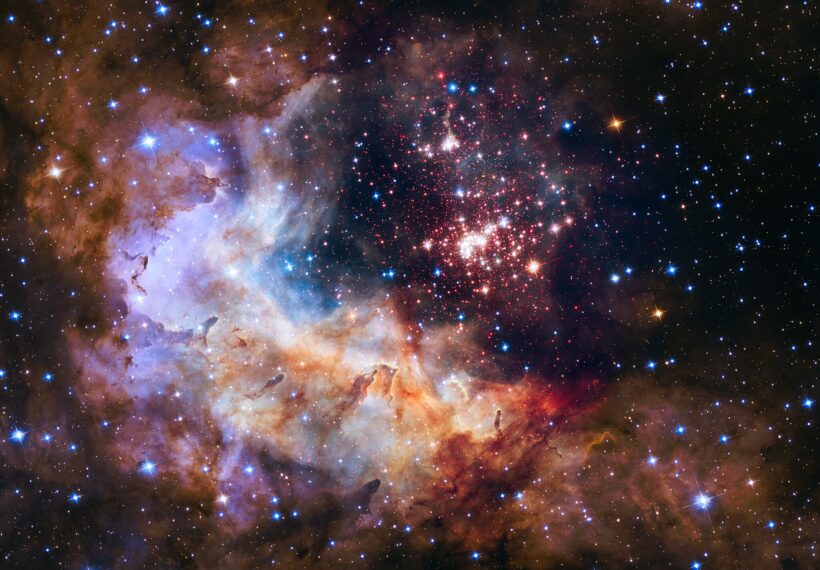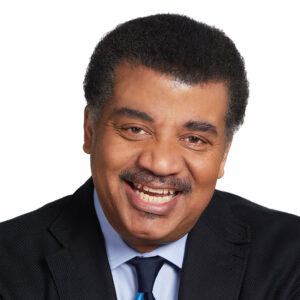About This Episode
Can we resolve the crisis in cosmology? Neil deGrasse Tyson and co-host Matt Kirshen take on Hubble Tension, the difference between the estimated ages of the universe, and how to solve it with legendary astronomer Wendy Freedman.
We trace the debate from the early days with Henrietta Leavitt’s discovery of Cepheid variables through today’s most precise measurements. Why do local distance measurements (Cepheids, tip of the red-giant branch, carbon stars) give a different expansion rate than the cosmic microwave background? Could dust be dimming our view, or systematic errors biasing our results? Or do we require discovering new physics?
We break down the Hubble tension and what caused it. How did the Hubble telescope complicate the existing debate, between 10 and 20 billion years old, through more precise measurements? We explore possible explanations: local density fluctuations, evolving dark energy, or something missing from the standard model. Are we missing something fundamental hiding in plain sight? Could the Hubble constant vary with time, or even by location in the universe?
Listener questions push the frontier further: Could dark energy distort our distance calculations? How would we measure expansion if we traveled to another galaxy? Would it matter scientifically, or emotionally, if the universe is finite or infinite? Through it all, Neil reminds us that science isn’t democracy, it’s data.
Thanks to our Patrons Smallevent, Ralph, Arun, Pandey, Nick Ohlheiser, Dantheman, Brian Campana, Mel, Micheal TRilling, Daniel Arvizu, James, Lily Morant, Jon Githrex, Daniel Frank, Gini Kramer, Opal Lehman, M M, pheobekate, Najwa DeForest, Kyle, Mama M, Jerome Cameron, Charles, David “Kiwi” Keller, Scott Chaddon, Erin T, Quin Shimamura, Wilma, Jerry the Epicurean, Matt Brady, loreen spchler, AlexK89, Eric Lee, Mantautas Jokubenas, Dustin, Regina Rhew Hoilman, Professional Dave, Nicholas Hayes, Joe White, Eddie Olsson, Amanda Granberry, Gloria Askin, Crimson Blaze, Steven Banker, Chris Washington, Ethan, oliver cooke, Terrence Sauvain, Maurice van der Linden, Yesking, joe vaughn, Micheal Wilson, Daaku, Espen Sande Larsen, Deepanshu Biniwale, Alexis Barrera, Kalie Pillar, ConcernedOnlooker, Margaret, Vinay Murthy, Finesse TheGod, Fraser PArk Vlad, AdamJ, Alexander Verharen, Susan Soard, Pete, Jaidyn Janis, Joe, AndyL, and Paul Williams for supporting us this week.
NOTE: StarTalk+ Patrons can listen to this entire episode commercial-free.




 Unlock with Patreon
Unlock with Patreon


 Become a Patron
Become a Patron